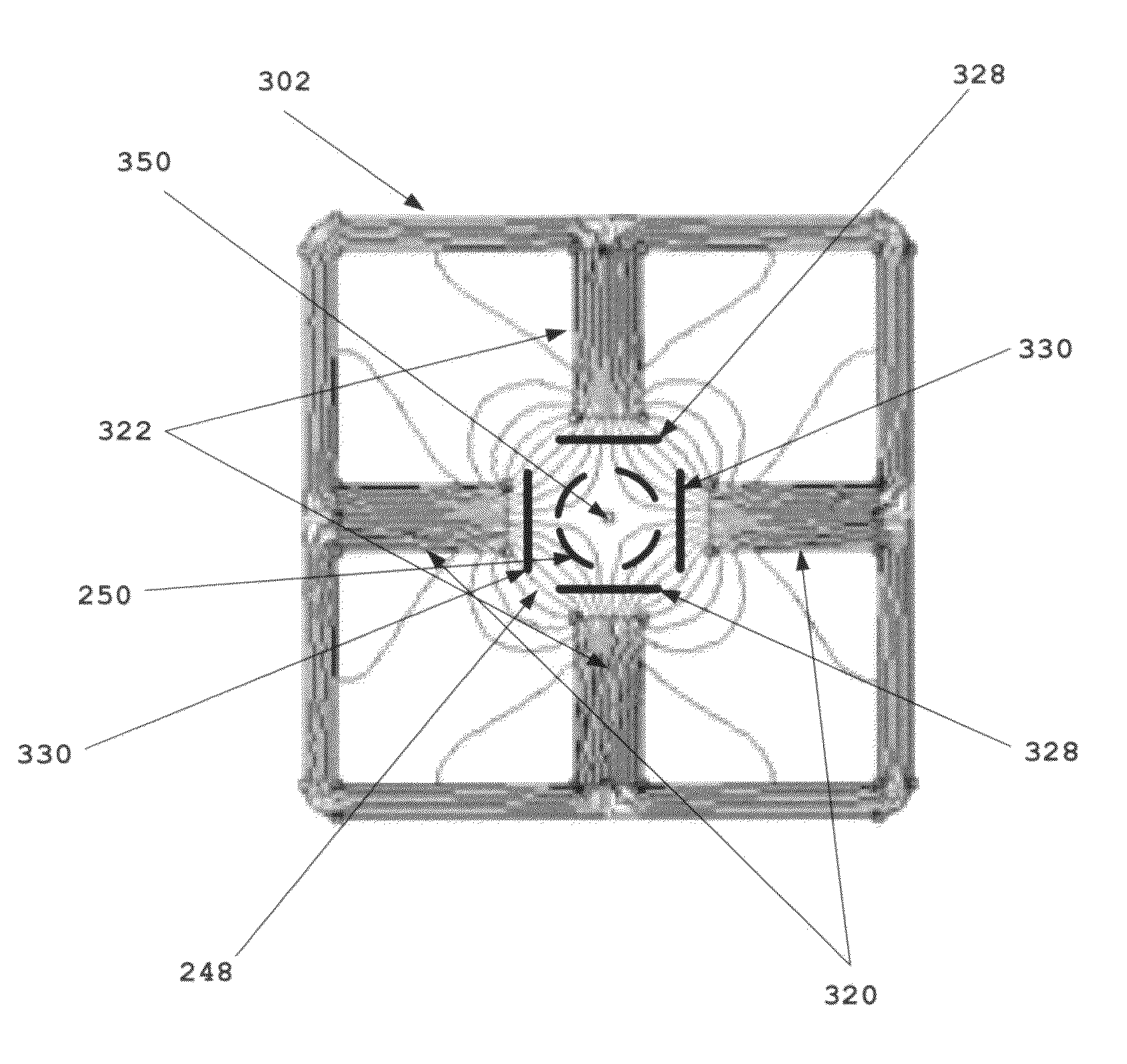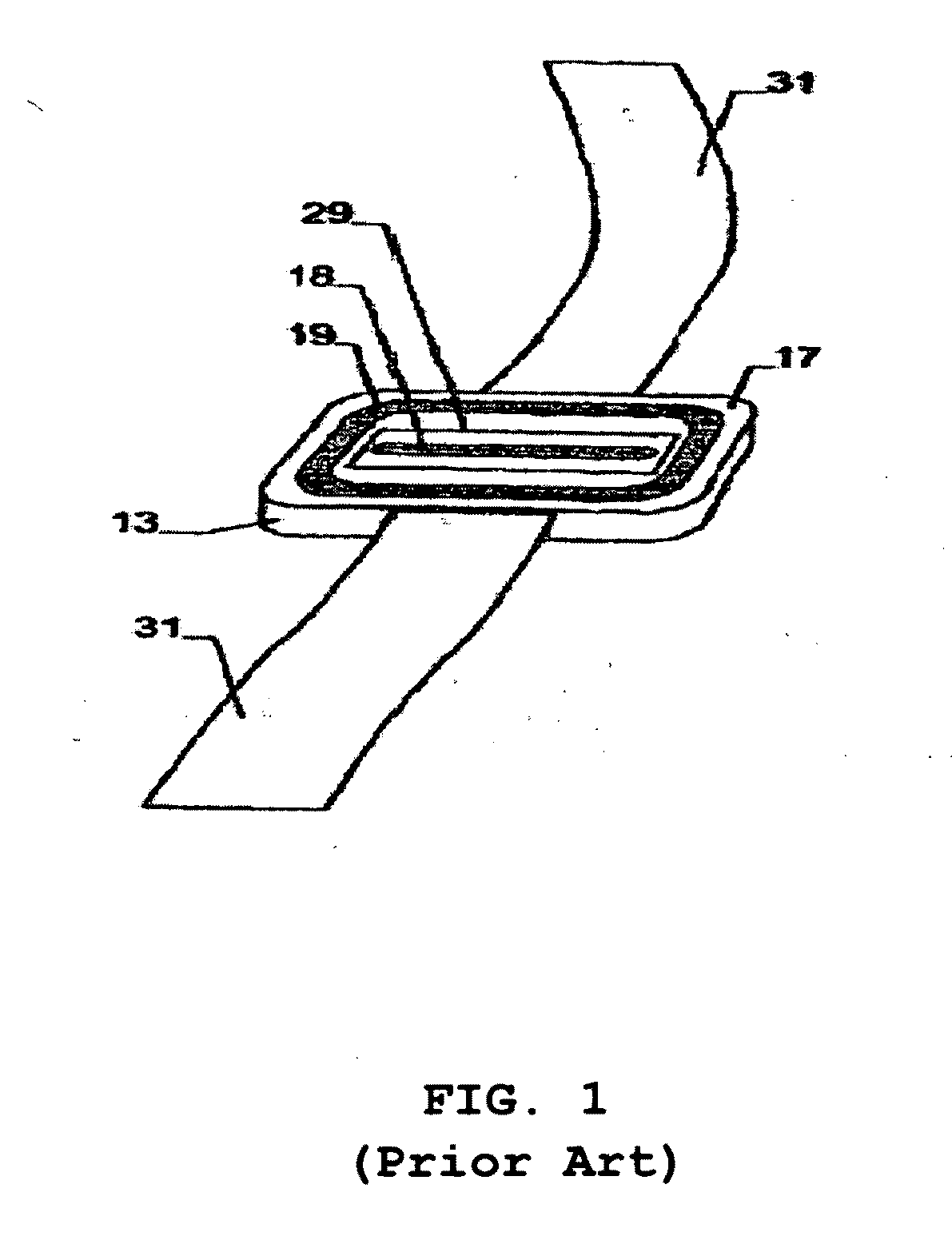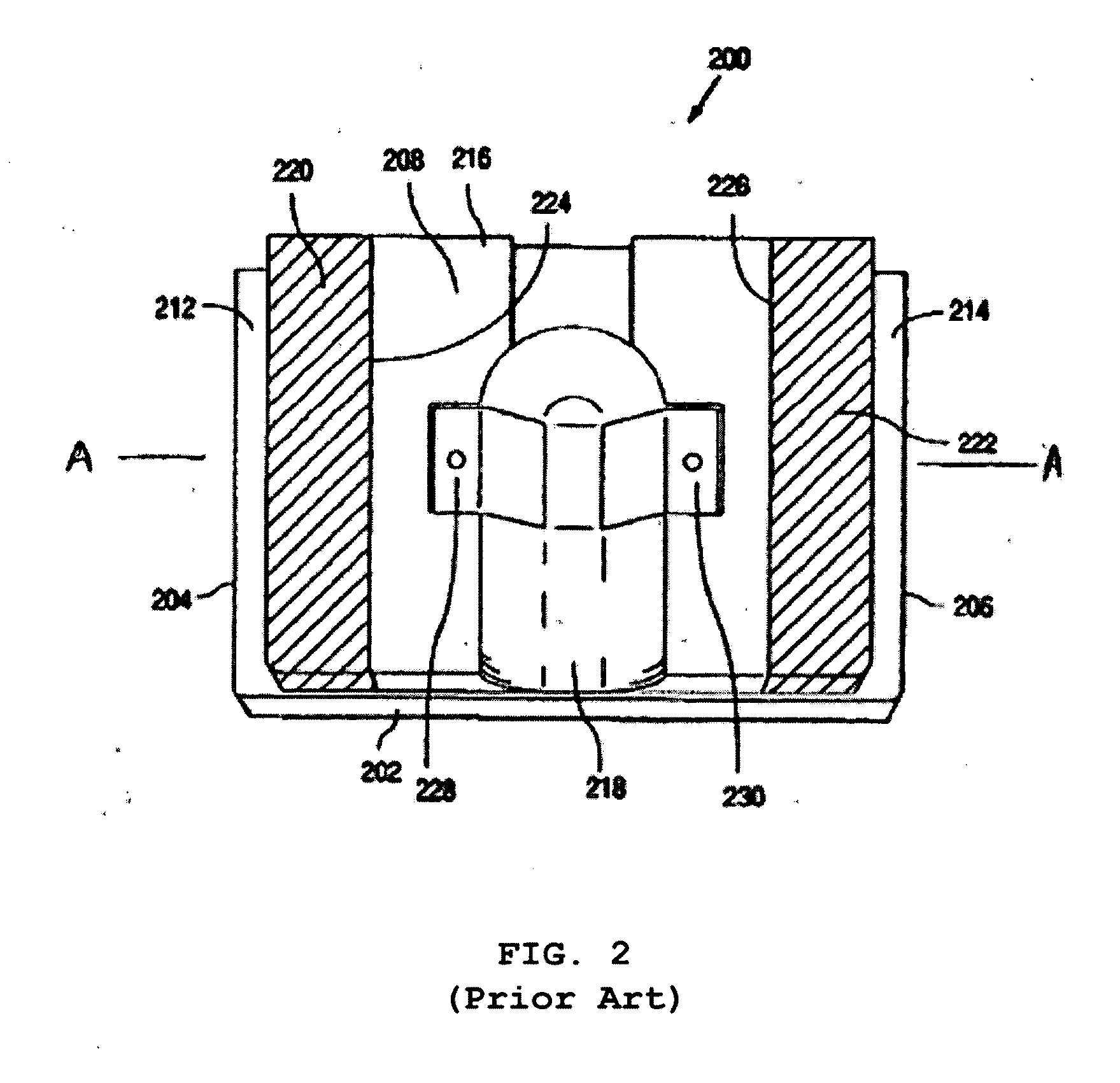Sensor system with reduced sensitivity to sample placement
a sensor system and sample technology, applied in the field of non-invasive, non-destructive analysis and identification of organic and inorganic substances, can solve the problems of large and increasing health problems, inability of the body to maintain blood glucose at normal levels, and often not performing monitoring for diabetics, so as to reduce the variation in the received signal and increase the volume of a given sample
- Summary
- Abstract
- Description
- Claims
- Application Information
AI Technical Summary
Benefits of technology
Problems solved by technology
Method used
Image
Examples
Embodiment Construction
[0039]After considering the following description, those skilled in the art will clearly realize that the teachings of the invention can be readily utilized in many fields of use. Some embodiments of the invention are particularly adaptable to in-vivo measurement of biological characteristics to obtain information, such as blood glucose concentration, used for patient monitoring, determination of treatment or for identification. Other embodiments are particularly suitable for measurements on samples of substances, such as liquids and powdered solids to identify, analyze, or otherwise characterize them. Thus applications range from biometrics to hazardous materials identification to industrial quality control, among others.
[0040]FIG. 1 shows a view of an apparatus of U.S. Pat. No. 7,315,767 by Caduff et al, in which the strip electrode 18 and the ring electrode 19 are contained in a housing 13 that is attached to a patient's arm or leg using the strap 31. It is intended that the long...
PUM
 Login to View More
Login to View More Abstract
Description
Claims
Application Information
 Login to View More
Login to View More - R&D
- Intellectual Property
- Life Sciences
- Materials
- Tech Scout
- Unparalleled Data Quality
- Higher Quality Content
- 60% Fewer Hallucinations
Browse by: Latest US Patents, China's latest patents, Technical Efficacy Thesaurus, Application Domain, Technology Topic, Popular Technical Reports.
© 2025 PatSnap. All rights reserved.Legal|Privacy policy|Modern Slavery Act Transparency Statement|Sitemap|About US| Contact US: help@patsnap.com



